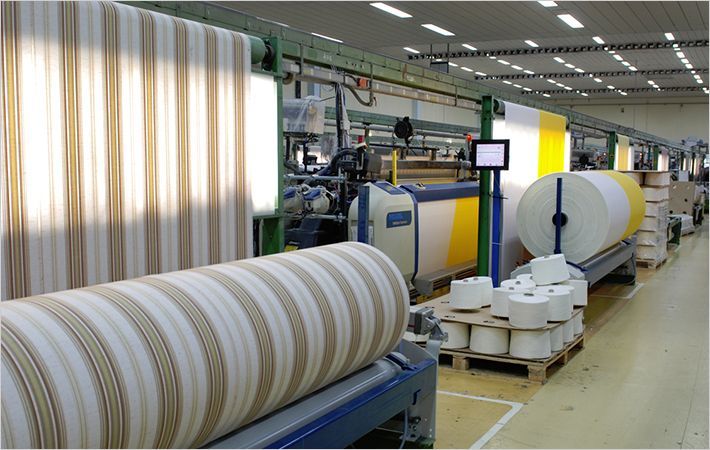Teijin and Kansai University’s Professor Yoshiro Tajitsu from the Faculty of Engineering Science have developed the world’s first polylactic acid (PLA) fibre and carbon fibre based piezoelectric fabrics.
The new piezoelectric fabrics combine Teijin’s polymer and textile technologies and its strategy to integrate key existing materials and businesses with Tajitsu’s world-leading knowledge of piezoelectric materials.Teijin and Kansai University's Professor Yoshiro Tajitsu from the Faculty of Engineering Science have developed the world's first polylactic acid #
The fabrics comprise a piezoelectric poly-L-lactic acid (PLLA) and carbon fibre electrode and plain, twill and satin weave versions were produced for different applications.
These include plain weave detects bending, satin weave detects twisting, and twill weave detects shear and three-dimensional motion, as well as bending and twisting.
“The sensing function, which can detect arbitrary displacement or directional changes, incorporates Teijin’s weaving and knitting technologies,” Teijin said.
The function allows fabric to be applied to the actuator or sensor to detect complicated movements, even three-dimensional movements.
Kansai University and Teijin will introduce the new piezoelectric fabric at The 1st Wearable Expo which will be held at Tokyo Big Sight in Japan from January 14-16, 2015 at booth No. 18-11, East Hall.
Kansai University and Teijin will continue working on ideal weaves and knits for fabric applications that enable elaborate human actions to be monitored simply via clothing worn by people.
Such applications are expected to contribute to the evolution of the Internet of Things (IoT) in fields ranging from elderly care to surgery, artisanal techniques to space exploration, and many others.
Piezoelectricity is the ability of certain dielectric materials to generate an electric charge in response to mechanical stress.
It also has the opposite effect. The application of electric voltage produces mechanical strain in the materials.
Both of these effects can be measured, making piezoelectric materials effective for both sensors and actuators.
Lead zirconate titanate (PZT) has practical piezoelectric applications in industry, but as a ceramic material it lacks transparency and flexibility.
In addition, because PZT contains lead, applications are being increasingly limited by the EU directive that restricts the use of certain hazardous substances in electrical and electronic equipment.
Polyvinylidene fluoride (PVDF) is a well-known piezoelectric polymer. However, it is limited to use in sensors and such, and it is not suited to industrial-level manufacturing because it requires poling treatment and exhibits pyroelectricity.
Poling treatment, which involves applying high DC voltage to a material, is a required process for achieving piezoelectricity.
Pyroelectricity is the ability of certain materials to generate a voltage and charge following a change in temperature.

